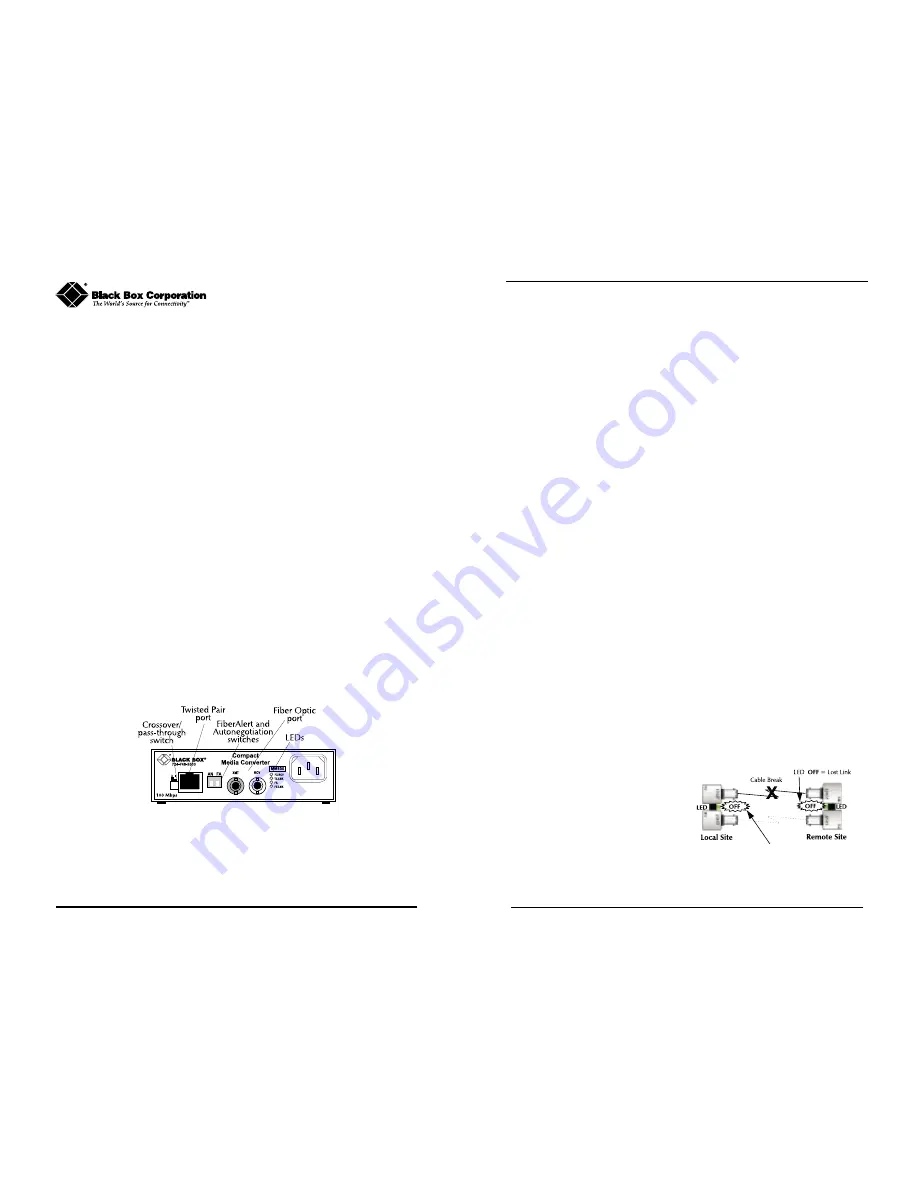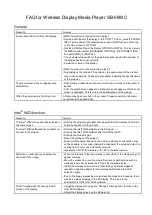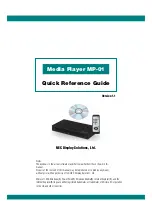
LinkLoss is disabled as a factory default. See Enabling and Using LinkLoss for
more information.
Twisted Pair Crossover/Pass-Through Switch
The twisted pair port on Compact Media Converter has one RJ-45 connector
for a single shielded or unshielded twisted pair link segment, and features a
push-button switch, located next to the twisted pair connector, for selecting a
crossover workstation connection or pass-through repeater/hub connection.
Select a pass-through connection by pressing the push-button IN. A crossover
connection is selected when the push-button is OUT.
If uncertain whether a crossover or pass-through connection is needed, set the
push-button to the position that makes the link LED glow.
About FiberAlert and LinkLoss
Compact Media Converter
comes with the following troubleshooting features:
• FiberAlert
• Twisted Pair LinkLoss (a.k.a. "TX LinkLoss," or just "LinkLoss")
• Fiber LinkLoss (a.k.a. "FX LinkLoss")
FiberAlert
and LinkLoss are advanced troubleshooting features that can help
you locate "silent failures" on your network. However, it is vital that you
understand exactly how FiberAlert and LinkLoss work, and how they will react in
your network configuration, before attempting to install the enclosed module(s).
Installing modules without understanding the effects of FiberAlert and
LinkLoss
can cause perfectly functioning units to appear flawed or even dead!
If you are unfamiliar with FiberAlert and LinkLoss, the manufacturer strongly
encourages you to read the following information.
About Link Integrity
During normal operation, link integrity pulses are transmitted by all point-to-
point Ethernet devices. When a Compact Media Converter receives valid link
pulses, it knows that the device to which it is connected is up and sending pulses,
and that the copper or fiber cable coming from that device is intact. The
appropriate “LINK” LED is lit to indicate this. The Compact Media Converter also
sends out link pulses from its copper and fiber transmitters, but normally has no
way of knowing whether the cable to the other device is intact and the link pulses
are reaching the other end. The combination of FiberAlert and LinkLoss allows this
information to be obtained, even when physical access to a remote device (and
its link integrity LED) is not available.
What Is FiberAlert?
FiberAlert
lets you know when a fault
occurs on your fiber loop by stopping
data transmissions and affecting fiber
LEDs on both sides of your network. If
a media converter is not receiving a
fiber link, FiberAlert disables the media
converter's fiber transmitter, thus mirroring the link status of the opposite end of
the fiber. Both fiber link LEDs on either end of the link should extinguish,
alerting you to the fault.
Compact Media Converter
Installation Guide
LHC001A - LHC002A - LHC003A
LHC004A - LHC005A - LHC006A
Black Box’s Compact Media Converter is a low-cost, preconfigured, IEEE
802.3 single-conversion media converter that converts between 100Base-TX
twisted pair and 100Base-FX multi-mode or single-mode fiber. It is available
with one RJ-45 connector for the twisted pair port and one pair ST or SC
connectors for the fiber port.
Compact Media Converter
is a 1U high, standalone unit that includes
diagnostic LEDs for each port and a universal (100-240 VAC) power supply. The
following Compact Media Converter versions are available:
100B TX - 100B FX
— 100Base-TX twisted pair/100Base-FX 1300 nm multi-
mode fiber; includes one RJ-45 connector and one pair ST (LHC001A) or SC
(LHC002A) connectors
100B TX - 100B FX SM
— 100Base-TX twisted pair/100Base-FX 1300 nm
single-mode fiber; includes one RJ-45 connector and one pair ST
(LHC003A) or SC (LHC004A) connectors
100B TX - 100B FX SM/PLUS
— same as above with higher power budget;
includes one pair ST (LHC005A) or SC (LHC006A) connectors
Installing Compact Media Converter
Compact Media Converter
comes ready to install. The only adjustments that
may need to be made come after installation.
To install Compact Media Converter, first make sure that the unit is placed on
a suitable flat surface. Attach the cables between the Compact Media Converter
and each device that will be interconnected, then plug the unit into a reliable,
filtered power source.
Configuring Compact Media Converter
The following diagram shows the switches and connections on Compact
Media Converter.
Figure 1: Compact Media Converter TX/FX, Front View
Once installed, you can configure Compact Media Converter for the following:
•
Select a crossover or pass-through connection for the twisted
pair port (default = OUT/crossover)
•
Enable Auto-Negotiation (default = DOWN/disabled)
•
Enable FiberAlert (default = DOWN/disabled)
Note:
LinkLoss is an additional feature that can be enabled before installation.
2
1





















